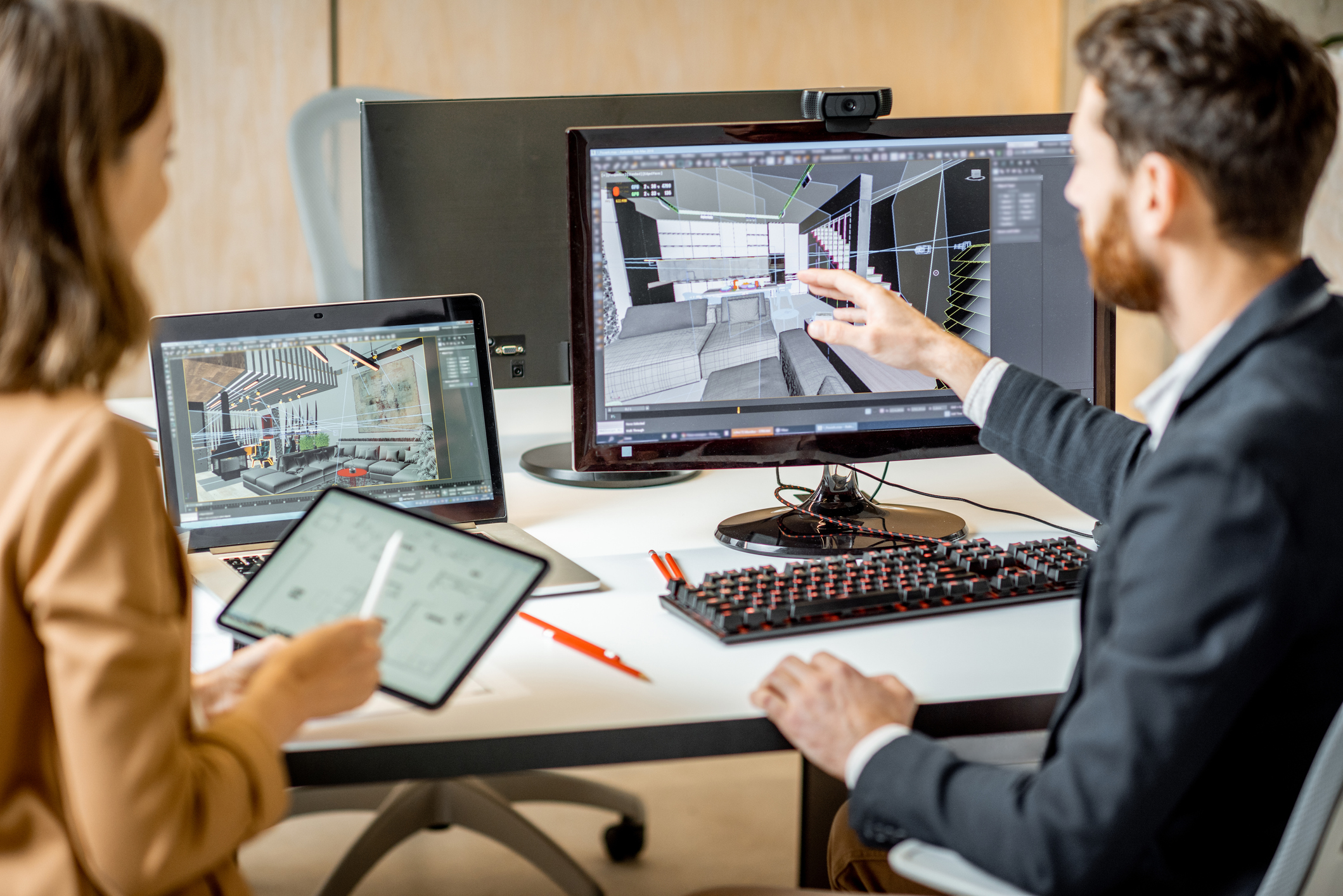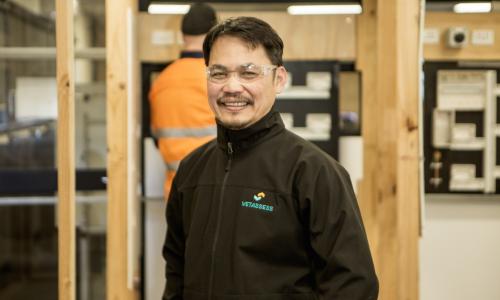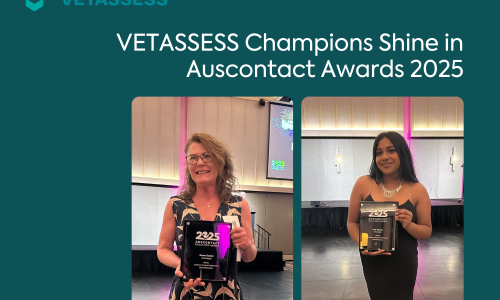Building Information Modelling is a technology game-changer for the building and construction industry and employers are increasingly seeking people with expertise in this field.
Professionals with Building Information Modelling skills who want to migrate to Australia and work in this role can apply for a Skills Assessment under the occupation title of Architectural Draftsperson, although the industry may use different job descriptions, such as Building Designer.

What is Building Information Modelling?
Building Information Modelling, usually referred to as BIM, uses 3D modelling to enable collaboration on building projects.
It is more than just creating a computer model, however. BIM incorporates all aspects of the project that allow a team to analyse and visualise design decisions - before a project even breaks ground.
It is used to produce high-quality construction documents, predict building performance, estimate costs and manage construction plans.
Everyone involved in a project can work to the same model and specifications, so BIM enables professionals in architecture, engineering and construction to bring their varied talents to the operation, and work using the same database and computer model.
The model-based process can adapt to assist the team to work collaboratively as the various stages progress.
The benefits of Building Information Modelling
In Australia, BIM has been used for large construction works such as hospitals and highways, as well as for complex residential and commercial buildings.
It can improve productivity, enable better budget management and reduce risks, so it is hardly surprising that the construction industry is closely monitoring how BIM works in practice and that job candidates with BIM skills can have a competitive edge.
Jobs for an Architectural Draftsperson
At VETASSESS, we assess the role of Architectural Draftsperson under ANZSCO, the Australian and New Zealand Standard Classification of Occupations, which sets out the skills required of occupations.
People who apply to us for a Skills Assessment under this classification may have held the roles of:
- BIM Specialist
- BIM Modeller
- BIM Executive or Manager*
- BIM Technician
*Not all BIM related roles would be considered relevant under the nominated occupation of Architectural Draftsperson. Suitability of the employment will be determined by the technical and skill level involved in the applicant’s role. BIM-related employment that demonstrates high level managerial and strategic tasks with minimal focus on drafting will not be considered suitable.
We have worked with the Building Designers Association of Australia to validate the assessment criteria for Architectural Draftsperson - which also covers BIM related tasks - so that we can assist applicants with these skills and capture their abilities in our assessments.
Relevant BIM-related roles
In order to be considered relevant for the occupation of Architectural Draftsperson, BIM-related roles may include tasks such as:
- Modelling, documenting and coordinating Building Information Modelling (BIM)
- Preparing 2D/3D models and extraction of drawings/schedules/reports from these models to generate appropriate documentation packages
- Creating parts/components for a BIM library
- Generating clash detection reports and liaising with consultant project team, as required, to alleviate clashes among other technical tasks.
Assessment of the role of Architectural Draftsperson
Architectural Draftsperson (ANZSCO Code 312111) requires a qualification assessed as comparable to the education level of an Australian Qualifications Framework (AQF) Diploma or higher and in a field highly relevant to the nominated occupation.
In addition to this, it is essential for applicants to meet the following employment criteria:
- at least one year of post-qualification employment at an appropriate skill level,
- undertaken in the last five years,
- working 20 hours or more per week, and
- highly relevant to the nominated occupation.
If the qualification is not in a highly relevant field, then the applicant must have:
- two years of post-qualification employment experience at an appropriate skill level,
- undertaken in the last five years,
- working 20 hours or more per week, and
- highly relevant to the nominated occupation.
This is reduced to one year if there is an additional qualification at least at AQF Certificate IV level in a highly relevant field.
If employment has occurred before completion of qualification, then three years of highly relevant employment experience are required in addition to at least one year of highly relevant employment at an appropriate skill level in the last five years.
Please note that in order to achieve a successful Skills Assessment Outcome, a positive assessment for both qualifications and employment is required.
BIM is gaining rapid adoption in the architecture, engineering and construction industries so we expect to see more applications for skills assessment from people with BIM qualifications and experience, who know their skills are in demand in Australia.
You can find out more about this role, and apply for assessment here
By Eugenia Tan
Eugenia Tan is the Team Leader – Construction and Manufacturing with the Assessment Services team of VETASSESS’ Skills Recognition General Occupations. She leads a team of experienced assessment officers in delivering skills assessment services to applicants nominating for occupations that fall within the Construction and Manufacturing industry group. Eugenia engages with key industry stakeholders on a regular basis to ensure that the VETASSESS assessment criteria remain current and in line with Australian industry standards.
About VETASSESS
For more than 25 years VETASSESS has provided tailored, independent assessment services to governments, education sectors and industries globally.
We have pioneered assessment services to recognise and verify individuals’ qualifications, skills and experience for migration purposes against the requirements of 341 professional and 27 trade occupations.



